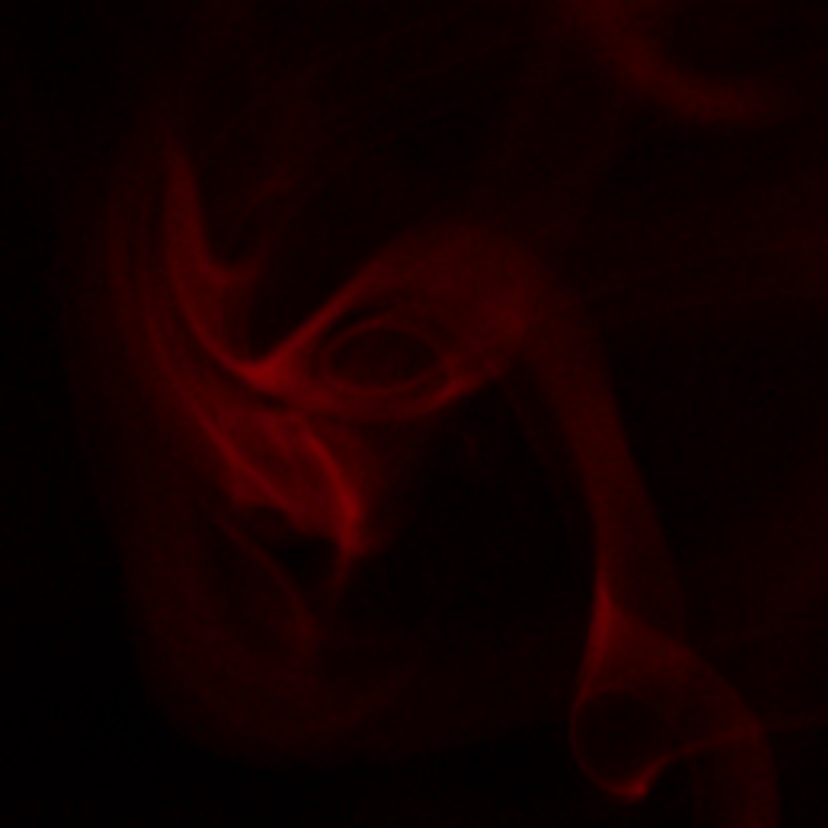Franciu
87
Fr
Grupă
1
Perioadă
7
Bloc
s
Protoni
Electroni
Neutroni
87
87
136
Proprietăți Generale
Număr atomic
87
Masă atomică
[223]
Numar de masa
223
Categorie
Metale alcaline
Culoare
Argint
Radioactive
Da
Francium a fost numit după Franța
Structură cristalină
n/a
Istoric
Franciul a fost descoperit în 1939 de Marguerite Perey de la Institutul Curie din Paris, Franța.
A fost descoperit când ea cerceta dezintegrarea radioactivă a actiniului-227.
Marguerite Perey a descoperit că franciul-223 este produs natural când actiniul-227 emite o particulă alfa.
A fost descoperit când ea cerceta dezintegrarea radioactivă a actiniului-227.
Marguerite Perey a descoperit că franciul-223 este produs natural când actiniul-227 emite o particulă alfa.
Electroni pe nivelul de energie
2, 8, 18, 32, 18, 8, 1
Configurație electronică
[Rn] 7s1
Franciul a fost ultimul element descoperit în natură, și nu prin sinteză
Proprietăți Fizice
Fază
Solid
Densitate
1,87 g/cm3
Punct de topire
296,15 K | 23 °C | 73,4 °F
Punct de fierbere
950,15 K | 677 °C | 1250,6 °F
Energie de fuziune
2 kJ/mol
Energie de evaporare
65 kJ/mol
Căldură specifică
- J/g·K
Abundența în scoarța Pământului
n/a
Abundența în Univers
n/a

Numarul CAS
7440-73-5
Număr CID PubChem
n/a
Proprietăți Atomice
Rază atomică
260 pm
Rază de covalență
348 pm
Electronegativitate
0,7 (Scara lui Pauling)
Potențial de ionizare
4,0727 eV
Volum molar
71,07 cm3/mol
Conductivitate termică
0,15 W/cm·K
Număr de oxidare
1
Aplicații
Din cauza instabilității și rarității sale, nu există aplicații comerciale pentru franciu.
A fost folosit în scopuri de cercetare în domeniile biologiei și structurii atomice.
Utilizarea sa ca potențial ajutor diagnostic pentru diferite tipuri de cancer a fost de asemenea explorată, dar această aplicație a fost considerată nepractică.
A fost folosit în scopuri de cercetare în domeniile biologiei și structurii atomice.
Utilizarea sa ca potențial ajutor diagnostic pentru diferite tipuri de cancer a fost de asemenea explorată, dar această aplicație a fost considerată nepractică.
Franciul este puternic radioactiv
Izotopi
Izotopi stabili
-Izotopi instabili
199Fr, 200Fr, 201Fr, 202Fr, 203Fr, 204Fr, 205Fr, 206Fr, 207Fr, 208Fr, 209Fr, 210Fr, 211Fr, 212Fr, 213Fr, 214Fr, 215Fr, 216Fr, 217Fr, 218Fr, 219Fr, 220Fr, 221Fr, 222Fr, 223Fr, 224Fr, 225Fr, 226Fr, 227Fr, 228Fr, 229Fr, 230Fr, 231Fr, 232Fr